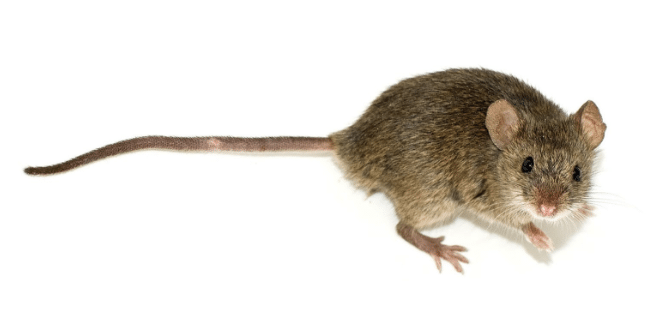Your Cart is Empty
Free Shipping on Orders Over $40
Free Shipping on Orders Over $40
Free Shipping on Orders Over $40
Eliminating infestations of these mice takes time and using a combination of snap traps, glue traps, and bait stations. Bait traps with fresh peanut butter or cheese. Use a large number of snap traps, even if there is only one mouse suspected. Use the glue traps under cabinets and corners, away from access to people and pets. Mouse bait stations can be effective; use several of them in areas where droppings are noticed, but especially in corners and along baseboards. Be sure to remove check leaky faucets and remove any sources of water, as these measures will encourage mice to go outside to seek water.
Preventing mice from entering your home begins with inspecting and sealing all openings in the outside wall and siding, and any attached structures such as decks. Openings around pipes, wires and cables, and vents can be expanded by mice and used as an entry point. Gaps under siding or at the junction of the foundation and siding can be an entry point. All small openings should be blocked or sealed.
Eliminating rats requires a combination of removing potential food and harborage and the use of rodent bait stations around the outside of the foundation. Bait stations can be used indoors, along with snap traps and glue traps. Use several snap traps, even if there seems to be only one rat infesting the house. Place the glue traps in secure locations, in cabinets or places that people or pets do not have access to.
Preventing rats from entering houses begins with sealing or blocking the potential entry points. Rats can find small openings to enlarge that are well above ground. Inspect the ground around the perimeter of the house for rat burrows. These may be along the foundation or the edges of attached concrete slabs.
_____________________

Mice and rats are common household pests all over the world. There are many different types of rodents, but the ones that most often cause problems are known ascommensal rodents, which translates as “sharing one’s table.” In other words, these rodents live in close association with humans and depend on human habitat for food, water, and shelter. You can get rid of rodents around your home and property by: learning to identify specific species, understanding methods of prevention, and employing necessary control measures. The three types of rodents that are typically categorized as commensal are the house mouse, the roof rat, and the Norway rat. These pests may look and behave slightly differently, but many of the same prevention and control measures can be used on all three of them. Let’s take a closer look at these pests.

House Mouse By George Shuklin


By AnemoneProjectors